15 Influencer Marketing KPIs to Evaluate Brand Collaborations
Discover 15 influencer marketing KPIs that can help you assess campaign performance and identify the best collaborators for your brand.

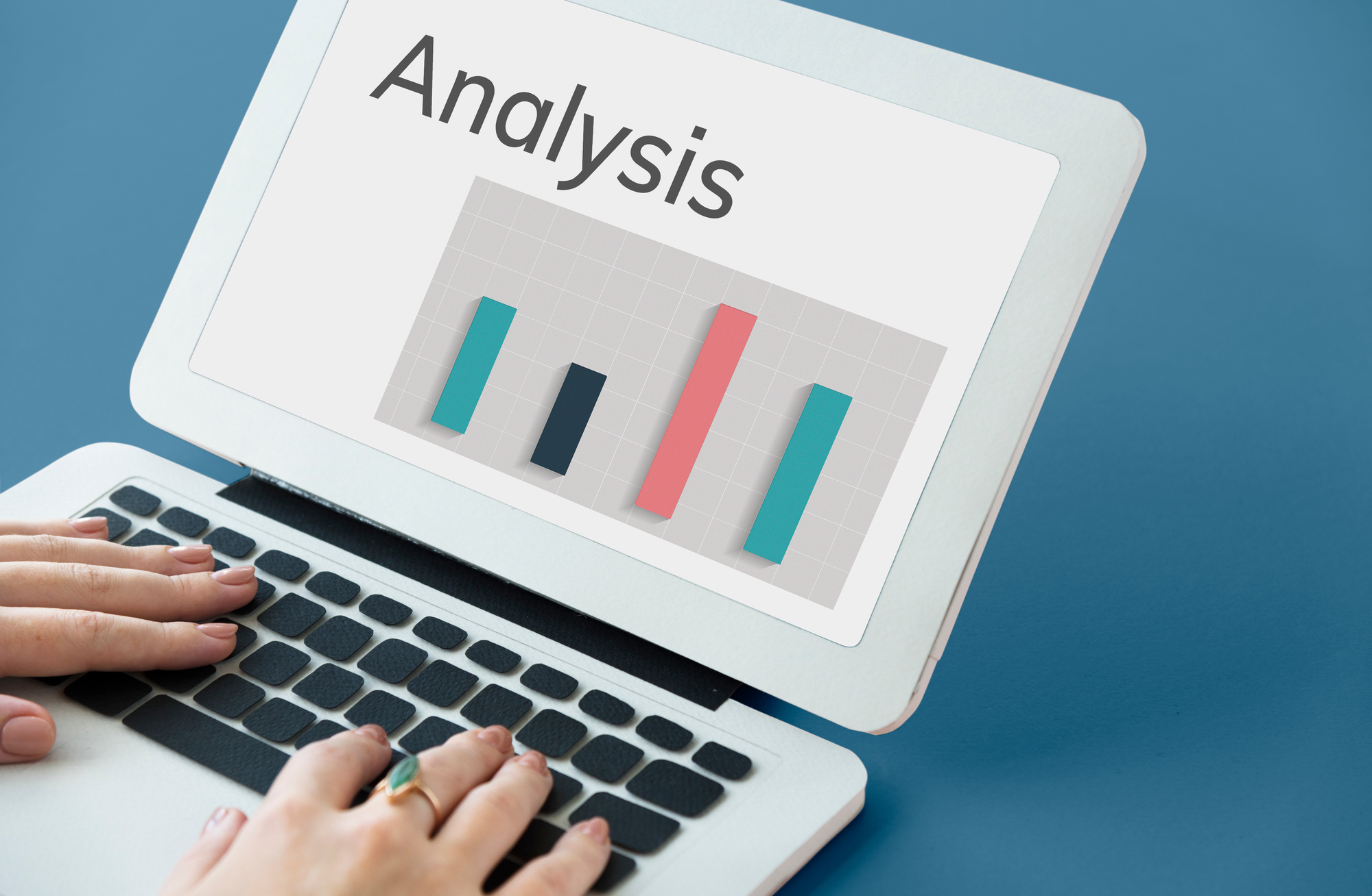
Influencer marketing is the ultimate weapon for crushing your social media goals—but only if you’re tracking the right metrics. Without the right data, you’re flying blind and risking wasted time and money.
Ready to measure what matters? From engagement rates to ROI, we’re breaking down the top Influencer marketing KPIs that, once understood and tracked, can turn influencer campaigns into undeniable wins.
Let’s dive in!
What is an influencer marketing KPI?
Influencer Marketing KPIs (key performance indicators) are measurable metrics that gauge the success of influencer-driven campaigns. These social media metrics assess key performance factors like audience engagement, brand visibility, and ROI, helping brands understand the effectiveness of their influencer partnerships.
Brands should track these influencer marketing metrics to fine-tune strategies, optimize campaign performance, and ensure alignment with business objectives.
Why does monitoring influencer KPIs matter?
Identifying the right metrics will help you accurately measure the ROI of your social media marketing campaigns where influencers were involved, enabling you to determine which partnerships were the most fruitful for your brand.
Here are a few reasons why you should be monitoring KPIs for influencer marketing.
Make informed decisions when selecting influencers
Making data-driven decisions is crucial when choosing influencer partners.
According to a study, 73% of marketers struggle with finding the right influencers for their campaigns.
Monitoring social media marketing KPIs helps brands evaluate potential partners based on concrete performance data rather than surface-level metrics. This includes analyzing engagement patterns, audience authenticity, and past campaign success rates.
Set benchmarks and accurate partnership goals
Setting realistic and achievable social media goals is mandatory for campaign success.
According to Later's Social Media Marketing Report, brands that set clear social media benchmarks are 45% more likely to achieve their campaign objectives. This involves analyzing industry standards, platform-specific metrics, and historical performance data to establish meaningful targets.
For instance, if data shows that Instagram Story swipe-up rates average 1-3% in your industry, you can set appropriate goals for your influencer campaigns and adjust partnership agreements accordingly. This data-driven approach helps brands avoid setting unrealistic expectations while ensuring influencers are motivated by achievable targets.
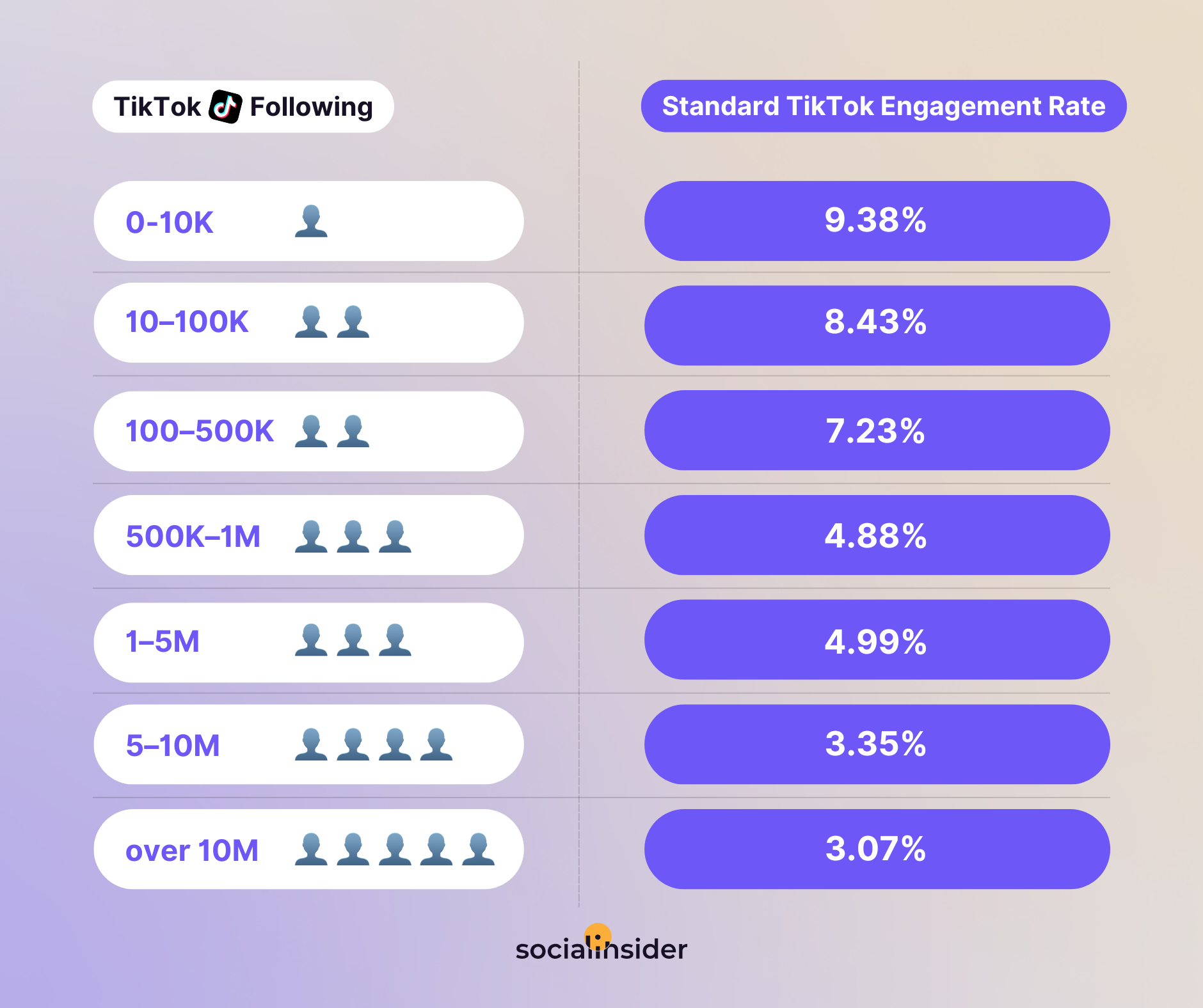
Optimize campaign performance
Real-time monitoring of influencer KPIs enables brands to make strategic adjustments throughout their campaigns.
CreatorIQ's research indicates that brands who actively monitor and optimize their campaigns see a 32% higher engagement rate compared to those who don't. This involves tracking key metrics like content format performance, and audience response patterns.
For example, if data shows that an influencer's video content consistently outperforms their static posts, brands can adjust their social media content requirements mid-campaign to focus on video deliverables. This agile approach helps maximize campaign effectiveness and ROI.
Measure ROI
ROI tracking is fundamental to justifying influencer marketing investments. Most marketers find measuring ROI to be their biggest influencer marketing challenge. Effective KPI monitoring helps brands track both direct and indirect returns through metrics such as:
- Sales attribution through unique promo codes and tracking links;
- Engagement rates and reach compared to paid advertising costs;
- Brand sentiment and awareness lift;
- Customer acquisition costs and lifetime value from influencer-driven sales;
- Content performance and reusability value.
This data-driven approach helps brands not only understand the true value of their influencer partnerships but also make informed decisions about future marketing investments.
15 Influencer marketing KPIs to track
Tracking the right KPIs is essential for evaluating the success of influencer marketing campaigns at every stage of the funnel: TOFU (Top-of-Funnel), MOFU (Middle-of-Funnel), and BOFU (Bottom-of-Funnel).
Here's a breakdown of the most important metrics and why they matter.
TOFU (Top-of-Funnel)
Focuses on building awareness and expanding reach.
#1. Reach and Impressions
These metrics indicate how many unique users see the content and how many views a piece of content has had in total. Tracking them helps brands understand the overall visibility of their campaigns and whether they’re reaching the intended audience.
#2. Engagement Rate
Measures how much, on average, a brand's audience interacts with its content through actions such as likes, comments, shares, and saves. A high engagement rate shows that the content resonates with the audience, making it more likely to drive further actions.
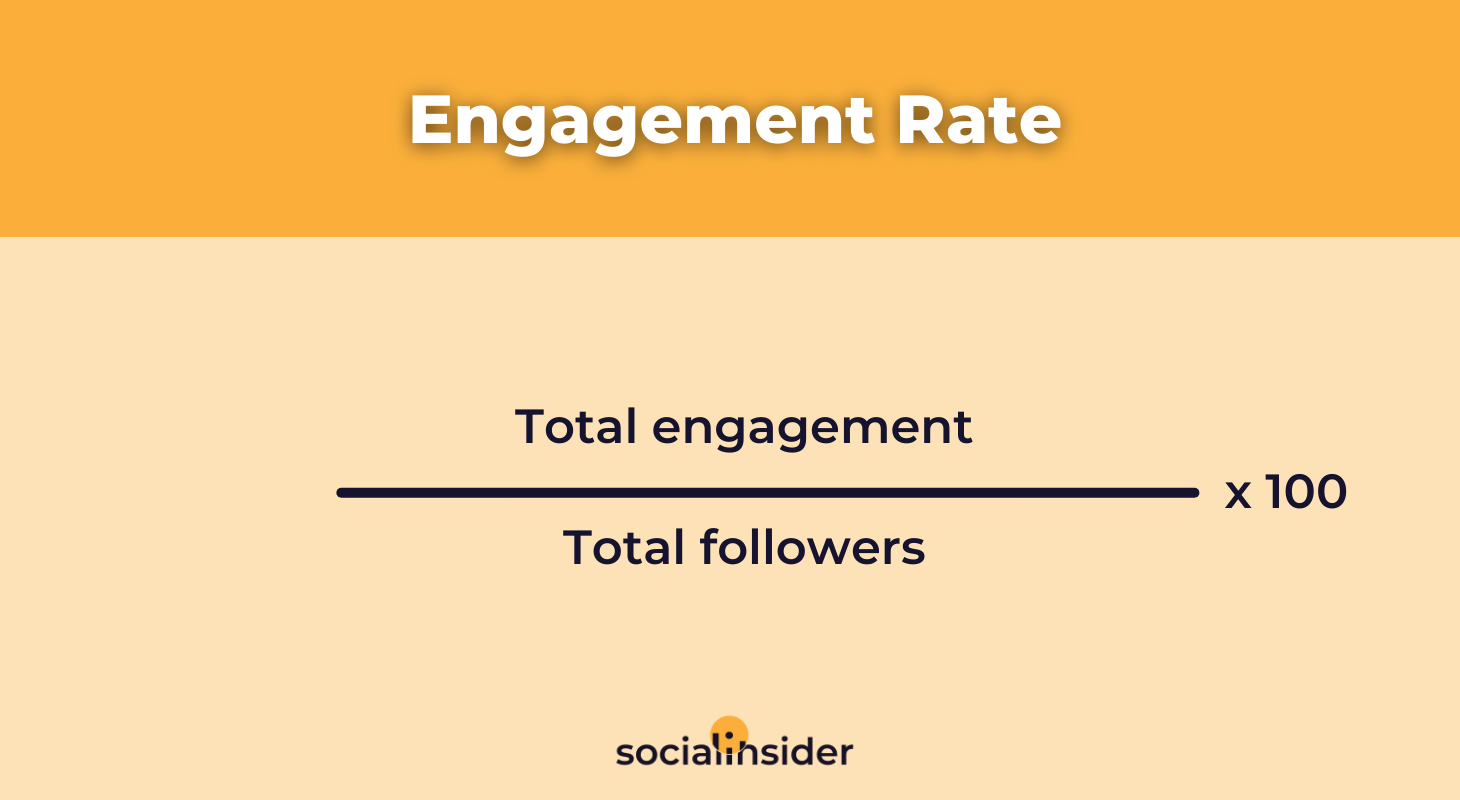
#3. Follower Growth Rate
Tracks the increase in followers during or after a campaign, showing how well the influencer’s content drives interest in your brand. It helps brands measure the campaign’s impact on building a loyal audience.
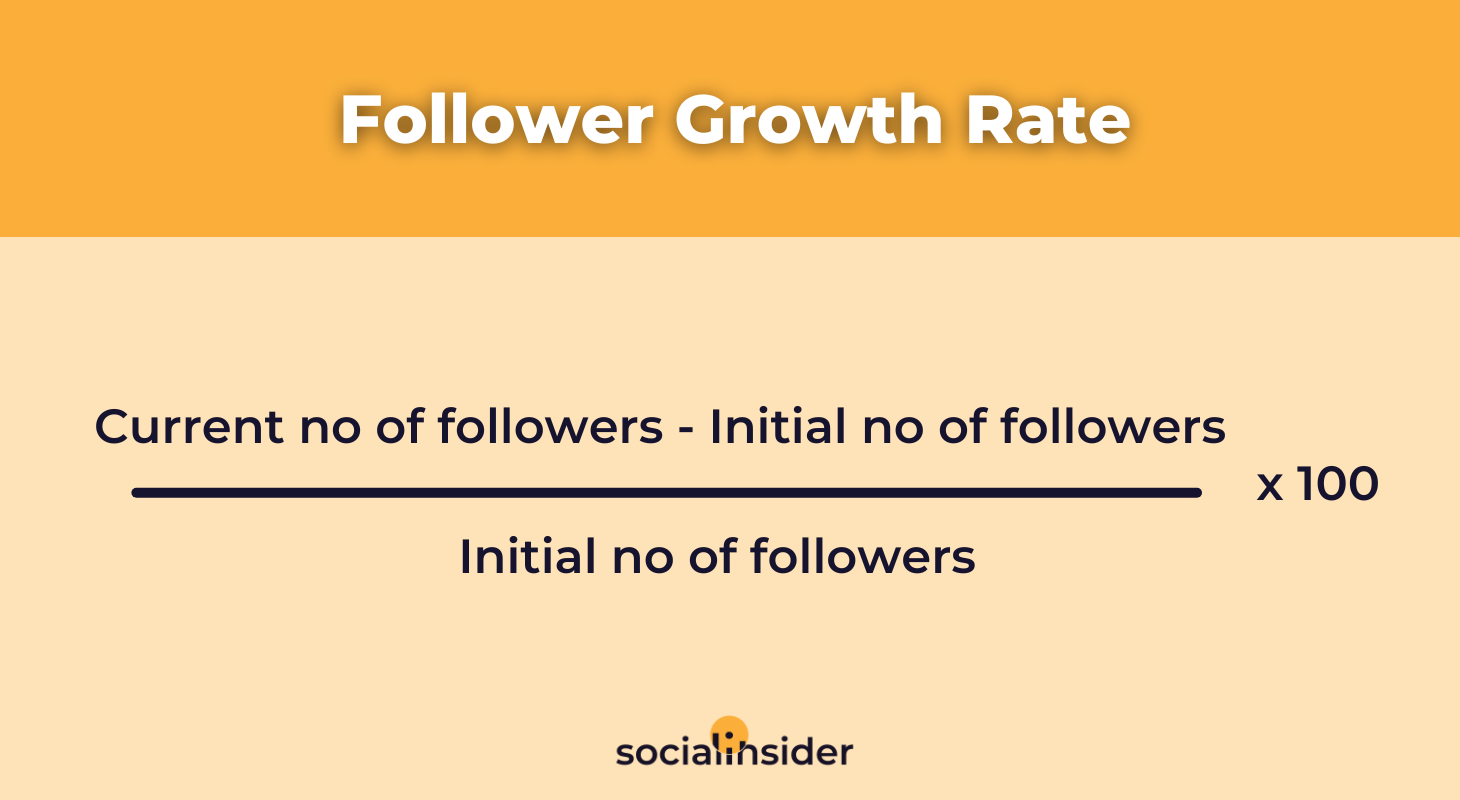
#4. Video Views and Watch Time
Tracks the number of people who view video content and the average time spent watching.
Monitoring these metrics helps brands assess the effectiveness of video content in capturing audience attention.
#5. Share of Voice (SOV)
Measures your brand's visibility against competitors within your niche, reflecting how much of the conversation or attention your brand captures in the market.
A higher SOV indicates your campaign's success in outperforming others in gaining audience attention.
Unlike reach and impressions, which focus on the volume of people exposed to your content, SOV highlights your competitive standing. It’s not just about how many people saw your content but how your visibility compares to others in the same space, making it a valuable indicator of your brand’s dominance.
MOFU (Middle-of-Funnel)
Focuses on engagement and intent.
#6. Sentiment
Sentiment gauges the tone of audience reactions—positive, neutral, or negative—providing insight into how your campaigns and messaging are perceived. Tracking sentiment is crucial for understanding audience perception, which plays a vital role in a company’s growth.
Positive sentiment indicates strong resonance with your audience, fostering trust and loyalty, while negative sentiment signals areas for improvement and potential risks to your brand reputation.
By analyzing sentiment, brands can refine their messaging, address concerns, and build a more favorable connection with their audience, ensuring long-term success and growth.
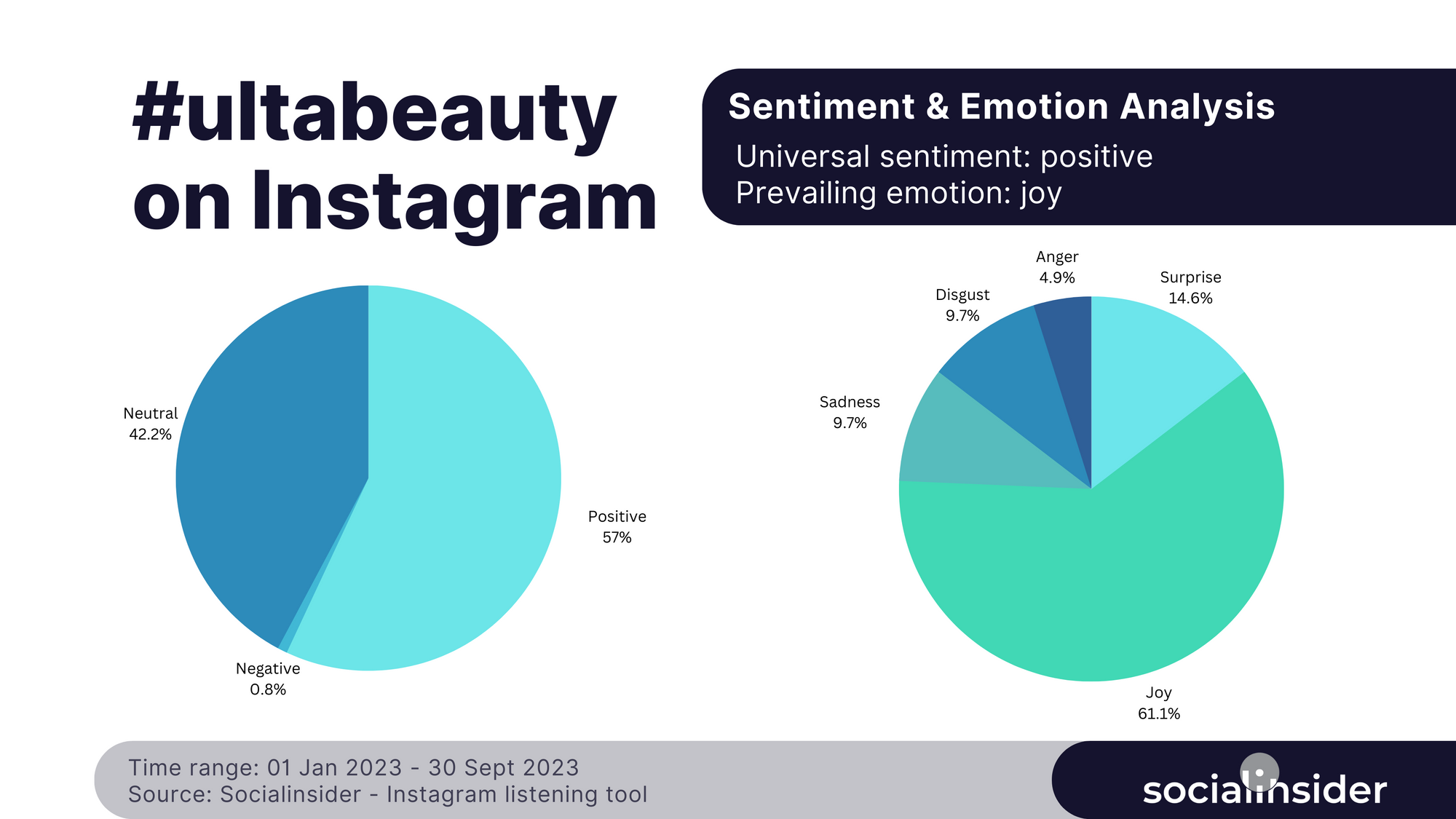
#7. Click-Through Rate (CTR)
Measures the percentage of users who clicked a link in the influencer’s post. A high CTR indicates that the content is compelling and successfully driving users to take the next step.
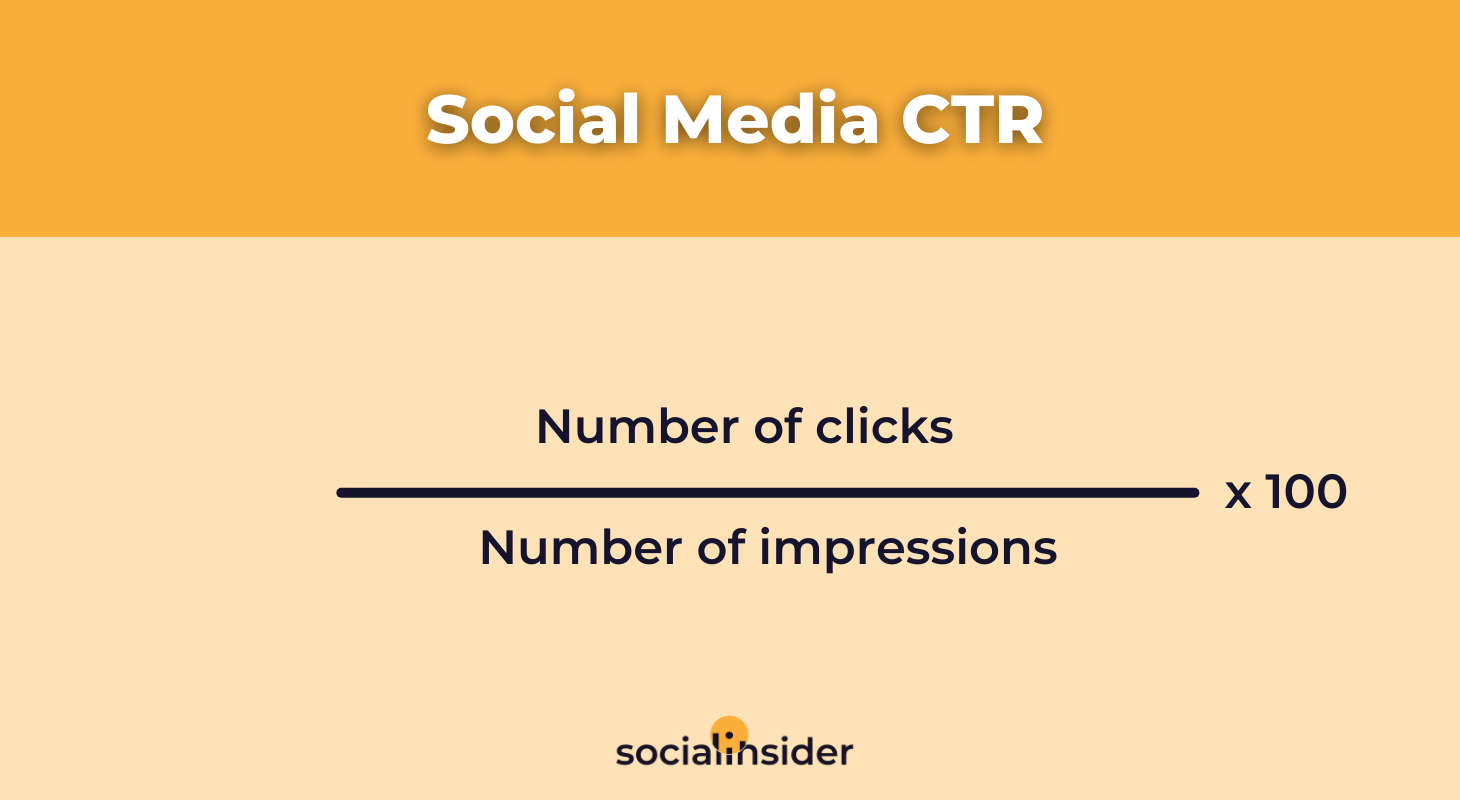
#8. Traffic
Tracks how many users visit your website or landing page via influencer links. Monitoring traffic shows how effectively the campaign is driving interest and intent to learn more about your brand.
BOFU (Bottom-of-Funnel)
Focuses on conversions and revenue generation.
#9. Conversion Rate
Measures the percentage of users who completed a desired action, such as purchasing a product or signing up.
This KPI helps brands understand how effectively influencer campaigns drive bottom-line results.
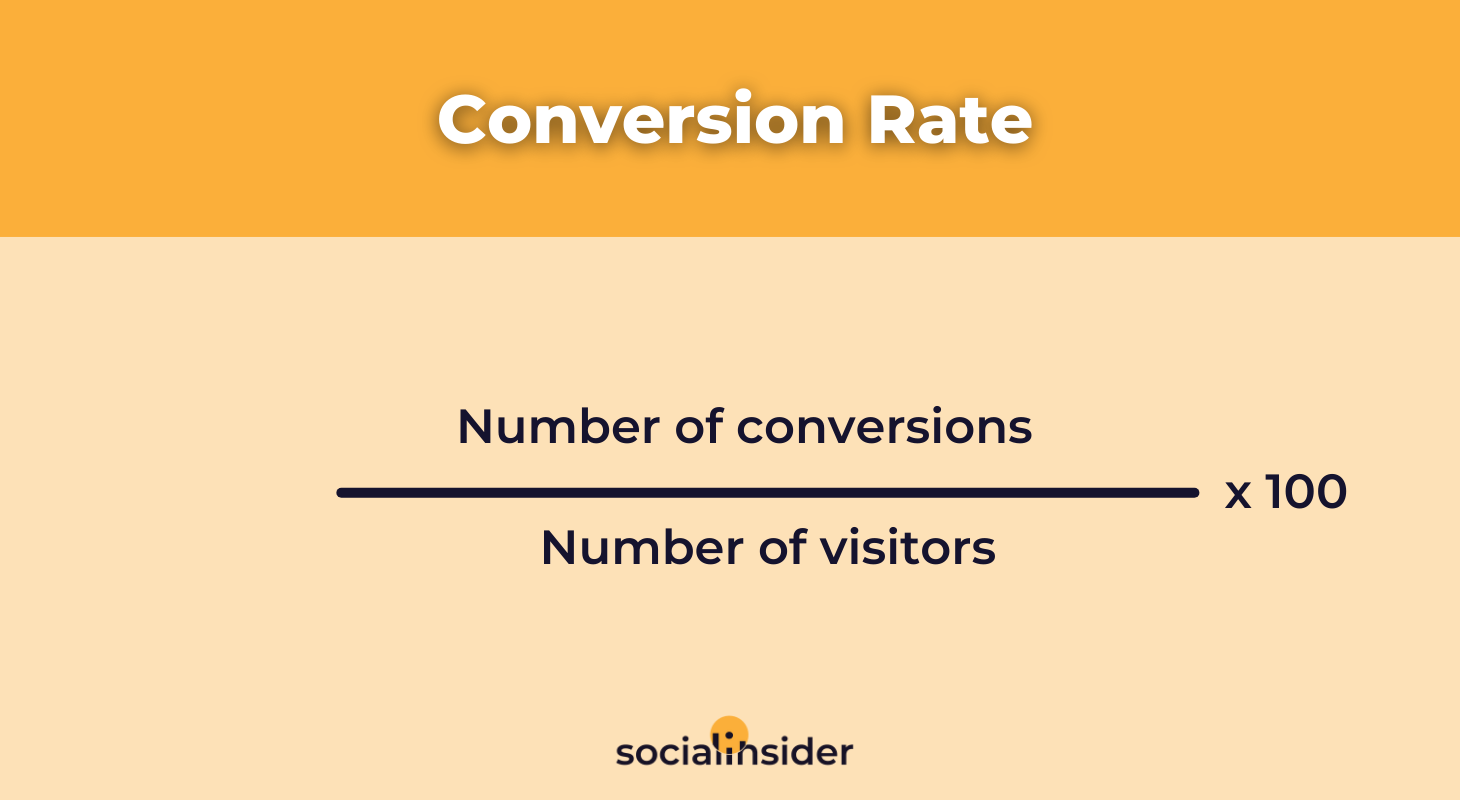
#10. Sales
Tracks the total number of purchases generated directly from the campaign. Monitoring sales gives a clear picture of how influencer collaborations contribute to the brand’s financial success.
#11. Cost Per Acquisition (CPA)
Calculates the cost of acquiring a new customer through the campaign. A lower CPA indicates a more efficient campaign.
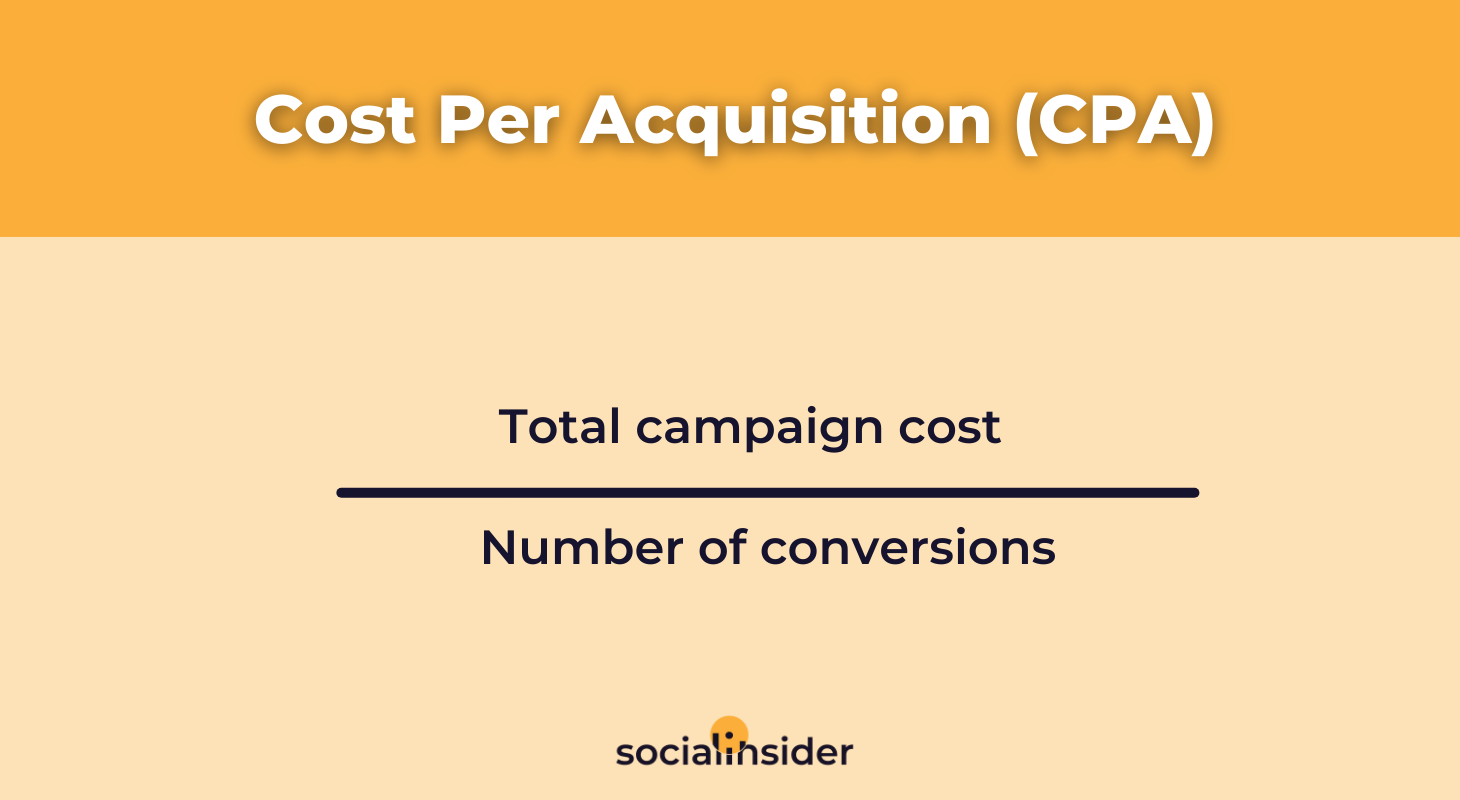
#12. Customer Acquisition Cost (CAC)
Measures the total cost of acquiring each customer, including all campaign expenses. Monitoring CAC helps ensure that campaigns remain financially viable.
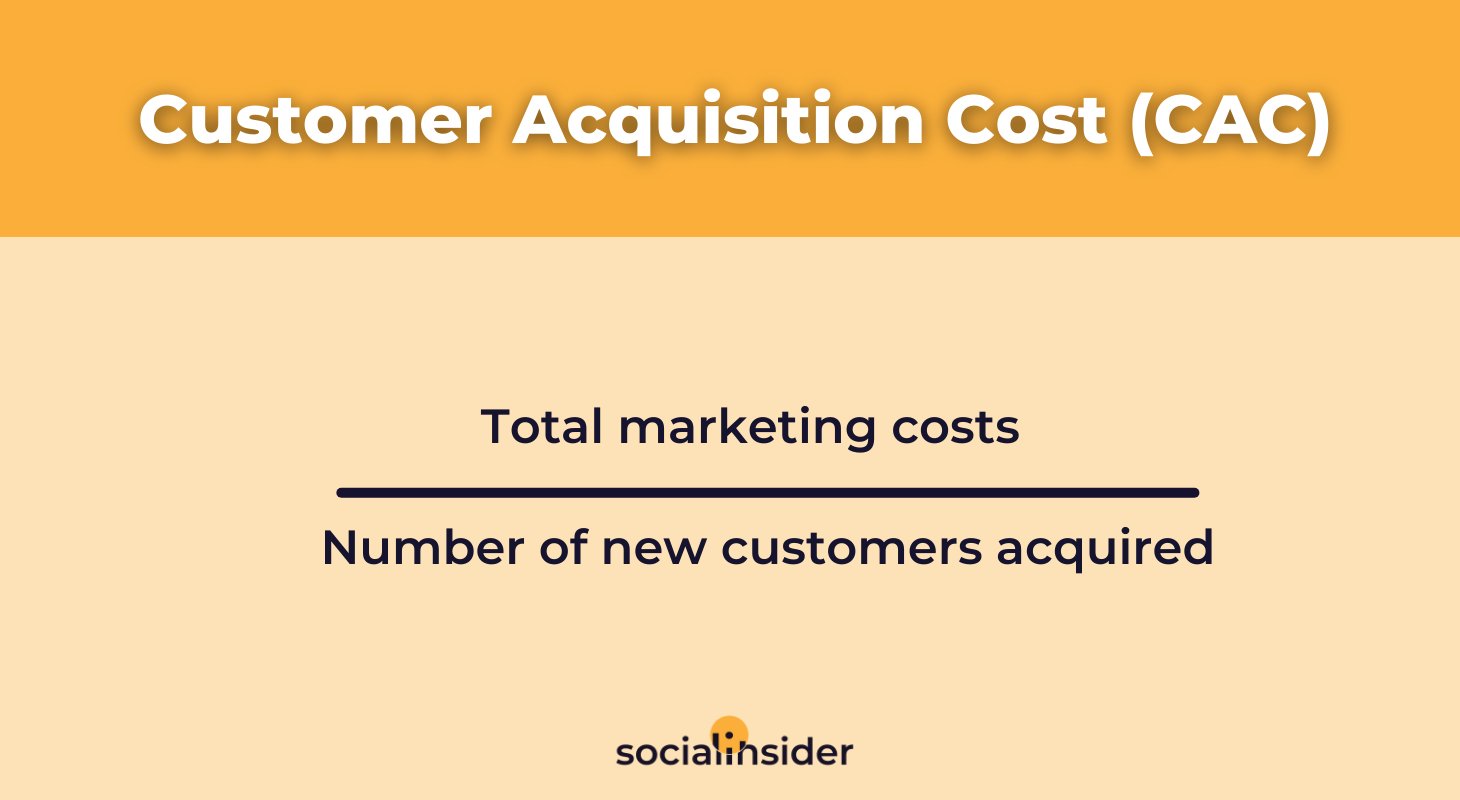
#13. Return on Ad Spend (ROAS)
Indicates the revenue generated for every dollar spent on the campaign.
Tracking ROAS helps brands evaluate the financial efficiency of their influencer marketing efforts.
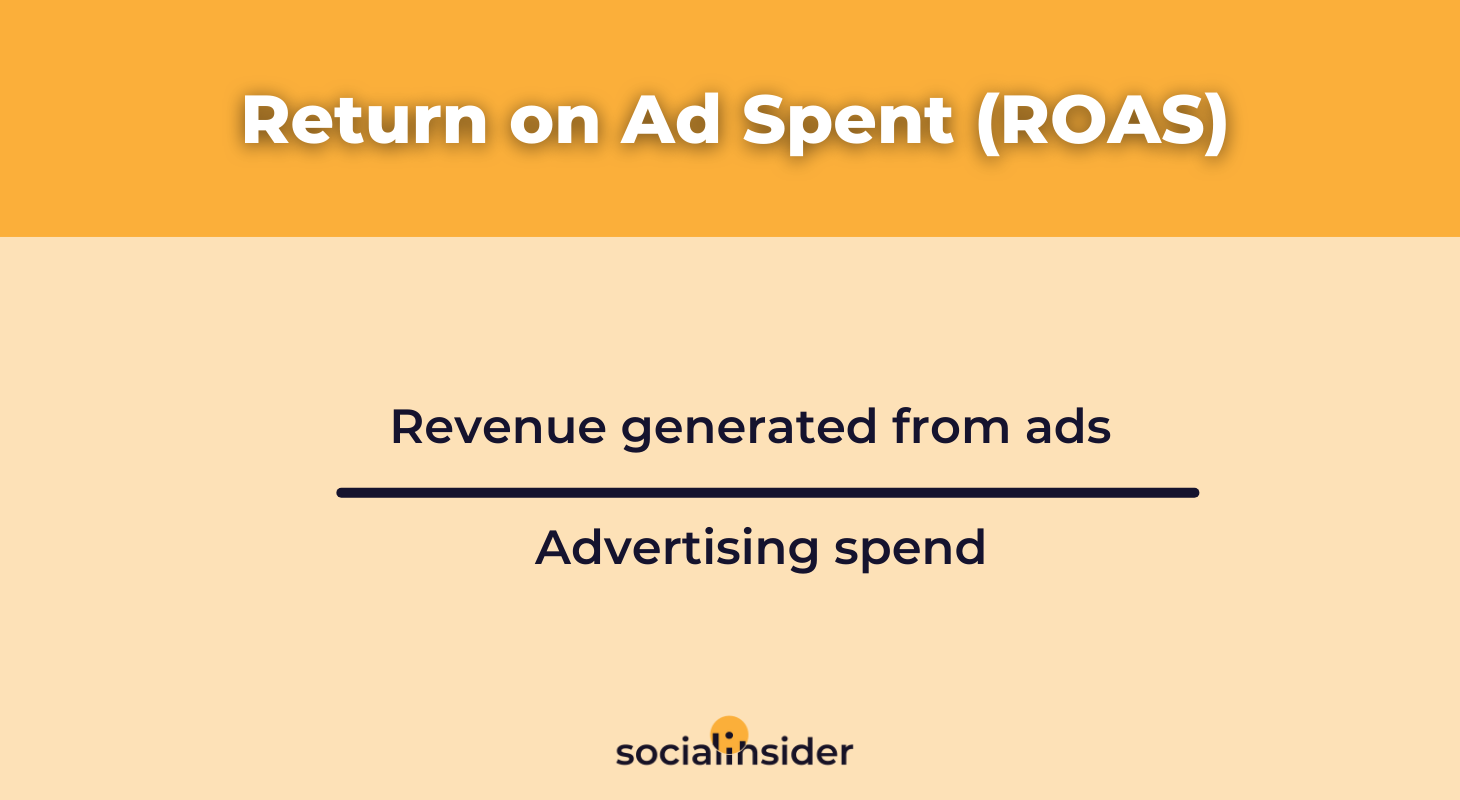
#14. ROI (Return on Investment)
Tracks the overall profitability of the campaign. A higher ROI indicates that the campaign is delivering strong financial returns compared to its cost.
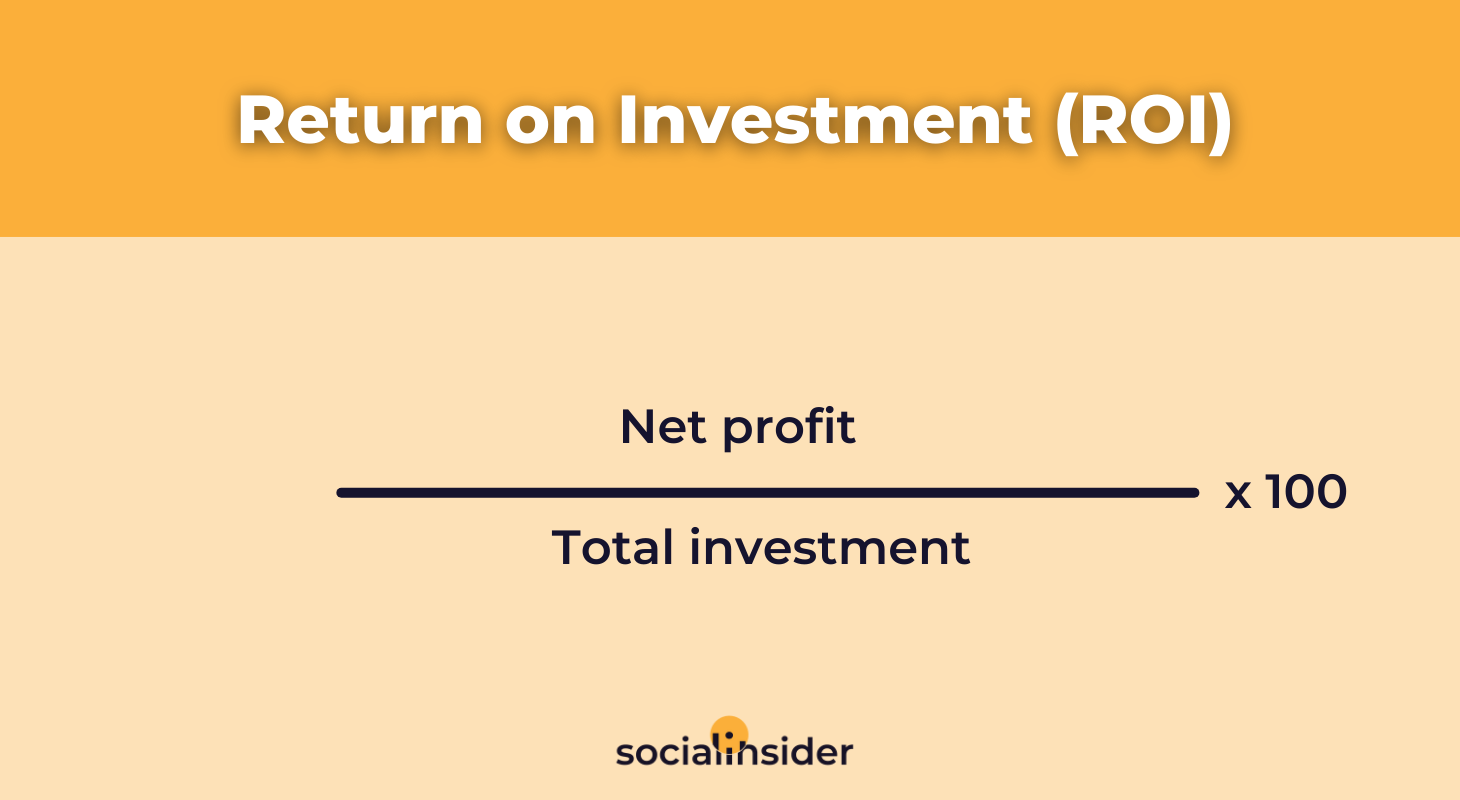
#15. Earned Media Value (EMV)
Estimates the value of media coverage and exposure gained from the campaign. EMV provides a measure of the campaign's broader impact on brand visibility and reputation.
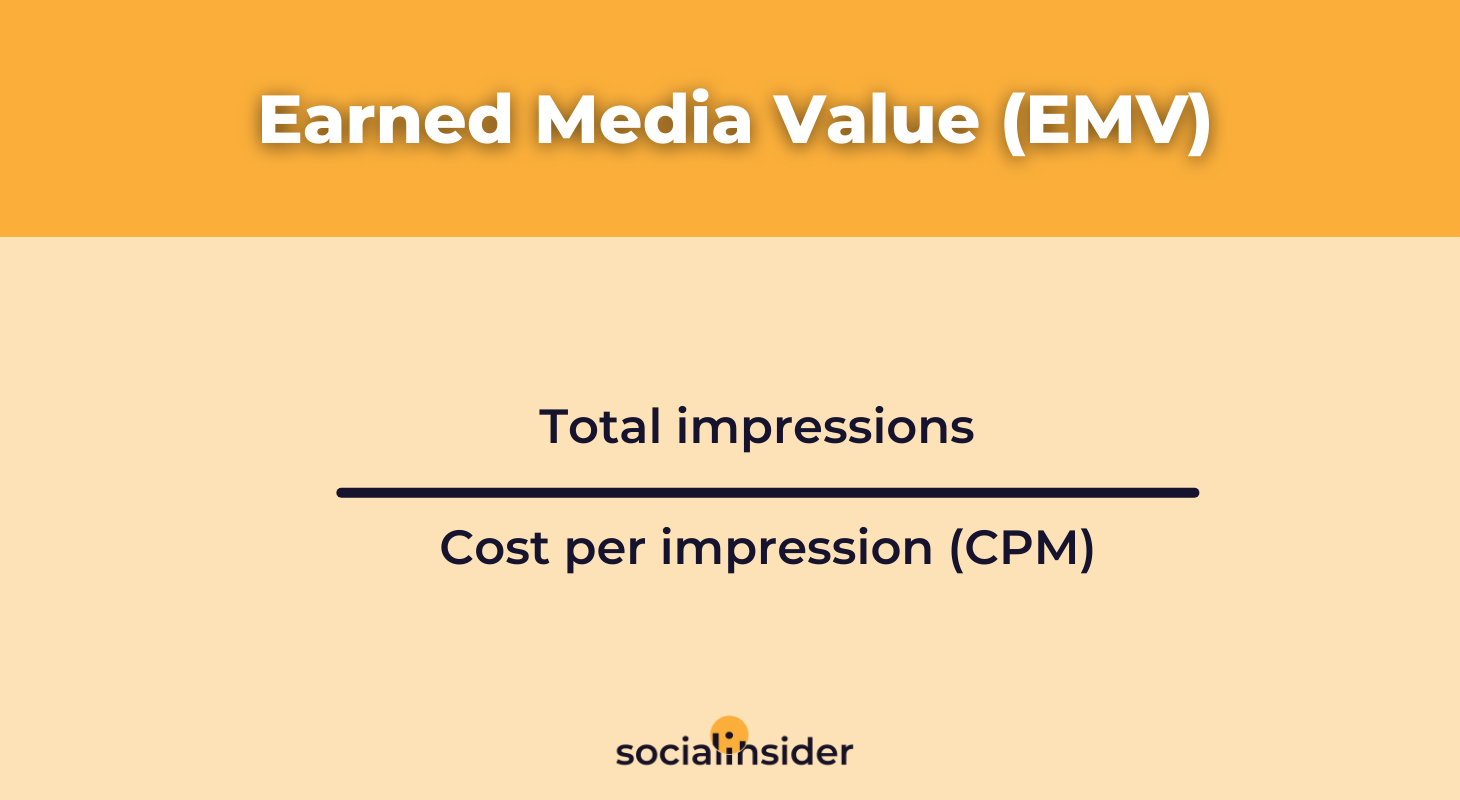
How to set the right KPIs to track for your influencer marketing efforts?
Setting the right KPIs is essential for effectively tracking and optimizing influencer marketing efforts.
Aligning KPIs with campaign objectives and tailoring them to specific goals, platforms, and influencer types ensures accurate measurement of performance and maximizes ROI.
Here’s a guide to identifying and setting the most relevant influencer metrics for your campaign strategy.
Align KPIs with campaign objectives
The first step in tracking influencer metrics is ensuring your KPIs align with your overall campaign objectives.
Clear goals help determine which metrics for influencer marketing you should prioritize.
Brand awareness
If your goal is to increase brand visibility, focus on top-of-funnel metrics such as.
- Reach: The total number of unique users who see the influencer’s content.
- Impressions: The total number of times the content is displayed, including multiple views by the same user.
- Follower Growth: Tracks the increase in followers during or after the campaign, showing the brand’s visibility impact.
Lead generation or consideration
If your goal is to drive leads or encourage potential customers to explore your offerings, track:
- Click-Through Rate (CTR): The percentage of users who clicked on a link in the influencer’s post.
- Referral Traffic: The amount of website traffic generated from the influencer’s content.
Sales or conversions
For bottom-of-funnel goals like driving purchases or sign-ups, prioritize:
- Conversion Rate: The percentage of users who completed a desired action.
- Sales Revenue: The total revenue generated from the campaign.
- ROI: Measures the financial return compared to the campaign’s cost.
Match KPIs to funnel stages
Mapping out where your influencer marketing efforts fit within the marketing funnel helps refine your KPIs further.
Influencer marketing performance metrics vary based on the stage:
- Awareness stage: Focus on metrics like reach, impressions, and engagement rate to measure how effectively the campaign introduces your brand to a new audience.
- Consideration stage: Track metrics such as CTR and social media traffic to assess how well the influencer’s content encourages users to explore your offerings.
- Conversion stage: Prioritize KPIs like conversion rate, sales, and ROI to evaluate how effectively the campaign drives desired actions.
Consider influencer type and platform
Different types of influencers (nano, micro, macro, or celebrity) and platforms (Instagram, TikTok, YouTube, etc.) perform differently and require tailored KPIs.
Understanding the strengths of each influencer type and platform helps you measure influencer marketing effectively.
Nano-influencers (1K-10K followers): Nano-influencers often have highly engaged, niche audiences. Track:
- Engagement Rate: To gauge the depth of audience interaction.
- Conversion Rate: To assess how effectively they drive desired actions.
Micro-influencers (10K-100K followers): Micro-influencers balance engagement and reach. Focus on:
- Engagement Rate: To understand how well the content resonates.
- Conversion Rate: To measure the campaign’s impact on sales or sign-ups.
Macro-influencers (100K-1M followers): Macro-influencers provide a broader reach. Monitor:
- Reach: To measure the scale of audience exposure.
- Impressions: To understand how often the content is viewed.
- Conversion Rate: To assess how effectively the influencer drives actions like clicks, sign-ups, or purchases.
Celebrity influencers (1M+ followers): Celebrities offer massive reach but often lower engagement. Track:
- Reach: To evaluate audience size.
- Impressions: To determine content visibility.
- Conversion Rate: To gauge the effectiveness of their influence in driving measurable results.
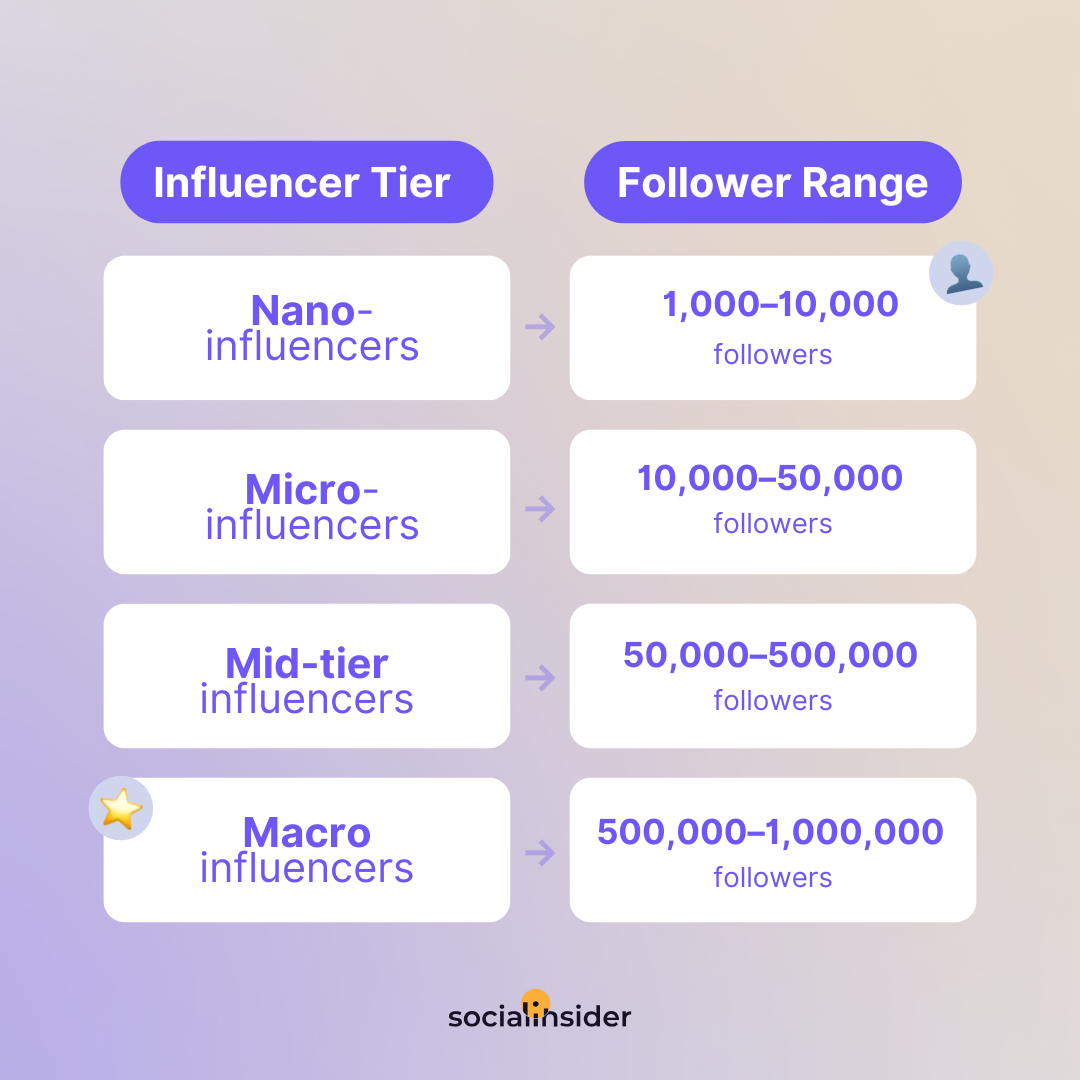
Balance quantitative and qualitative metrics
While quantitative KPIs like CTR, sales, and reach provide hard data, qualitative insights are equally important.
Combining both types of metrics gives you a complete picture of influencer marketing performance:
Quantitative metrics:
- Provide measurable results, such as the number of clicks, sales, or followers gained.
- Allow for direct comparisons and ROI calculations.
Qualitative insights:
- Offer context, such as audience sentiment or the authenticity of influencer messaging.
- Help you understand how the campaign is perceived and its long-term impact on brand loyalty.
Benchmark against industry standards
To measure influencer marketing performance realistically, compare your KPIs to industry benchmarks. This helps you gauge whether your campaign is underperforming, meeting expectations, or exceeding goals.
For example, ROI for influencer marketing campaigns averages 5.78x, meaning brands earn $5.78 for every dollar spent.
Focus on ROI-driven KPIs for long-term success
While short-term metrics like engagement and traffic are important, always include ROI-driven KPIs to evaluate long-term success. These metrics tie directly to financial outcomes and help justify your influencer marketing investments:
- Cost per acquisition (CPA): Measures the cost of acquiring a new customer through the campaign.
- Customer acquisition cost (CAC): Includes all marketing expenses and helps assess campaign cost efficiency.
- Return on ad spend (ROAS): Indicates the revenue generated for every dollar spent.
- Return on investment (ROI): Evaluates overall profitability.
Focusing on these metrics can help ensure your influencer marketing efforts deliver immediate results and contribute to your long-term business objectives.
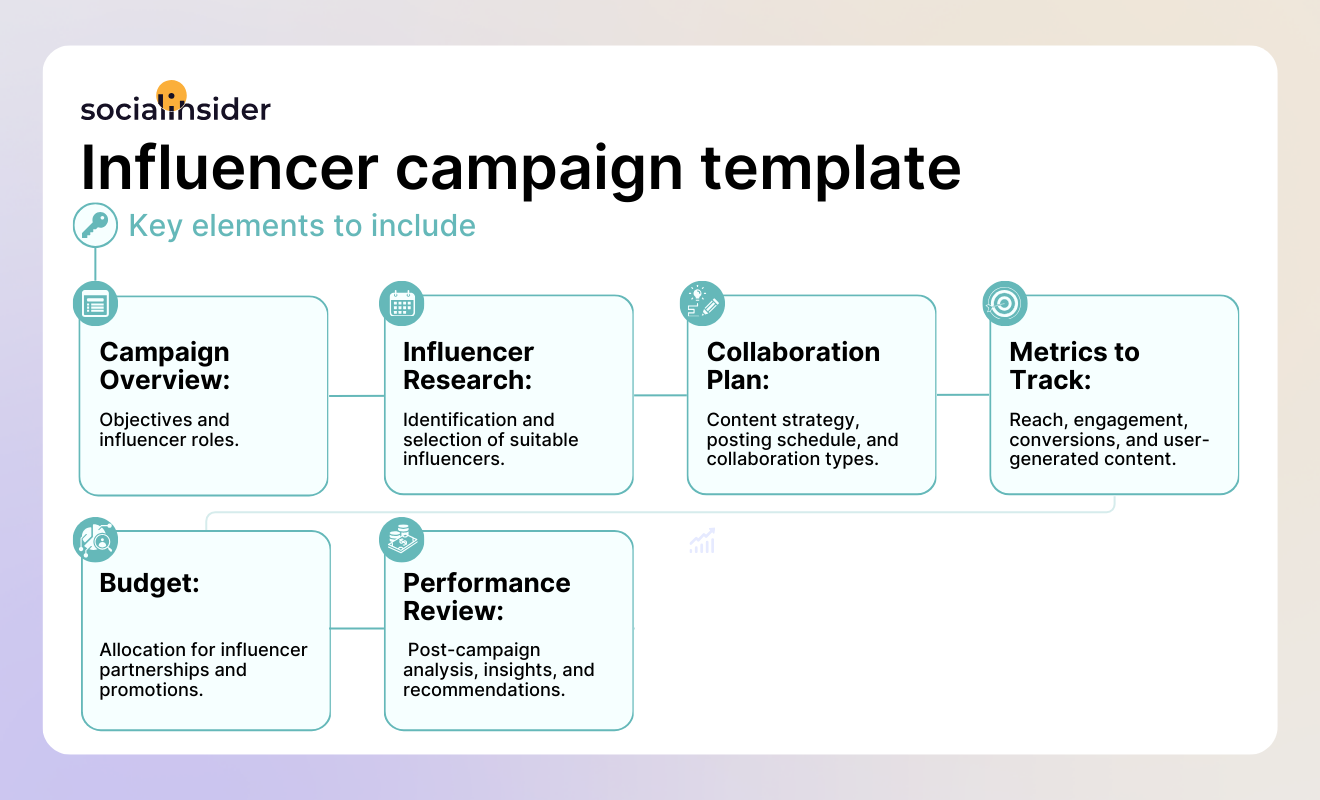
How to track your influencer marketing KPIs?
Tracking influencer marketing KPIs is a vital step in ensuring your campaigns deliver measurable results and align with your objectives.
Effective influencer marketing reporting requires the right tools, clear tracking parameters, and actionable social media insights from data.
Here’s how to implement an efficient influencer performance tracking system.
Choose the right influencer analytics tools
The foundation of performance-based influencer marketing lies in using powerful social media analytics tools to monitor and evaluate key metrics.
Tools like Socialinsider offer powerful features for influencer marketing analytics, enabling brands to track, measure, and optimize campaigns effectively.
To illustrate this, let’s explore a collaboration between Semrush and Pretty Little Marketer. Here’s how Socialinsider can support your influencer marketing reporting:
Add the influencer profile to Socialinsider
After adding the influencer's Instagram account to Socialinsider, I wanted to analyze the posts included in that partnership - meaning those where the brand was mentioned by the influencer.
Search for the posts belonging to a specific campaign
To quickly discover the posts mentioning the brand, I went to the Posts section, from where I could search for the posts containing the keyword "Semrush"
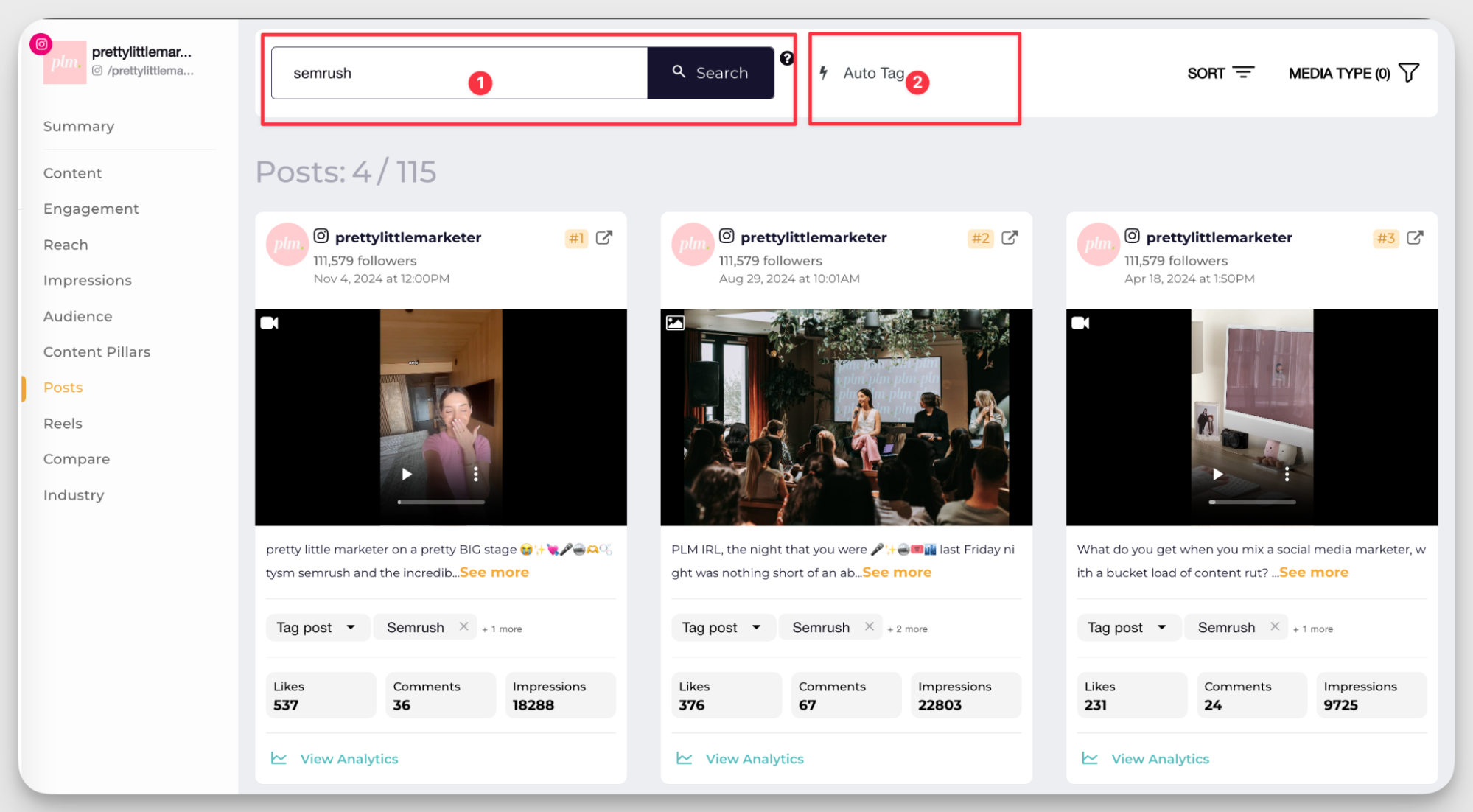
Tag the posts and create a content pillar for the collaboration
Using the tool's manual tagging feature, I tagged the posts mentioning this collaboration.
Then, I defined this query as a content pillar so that I could see aggregated data about it.

Analyze performance for this content pillar
Having completed all the steps mentioned, I could see an overview of this partnership, including
- no of posts;
- engagement generated;
- no of impressions;
- average engagement rate.
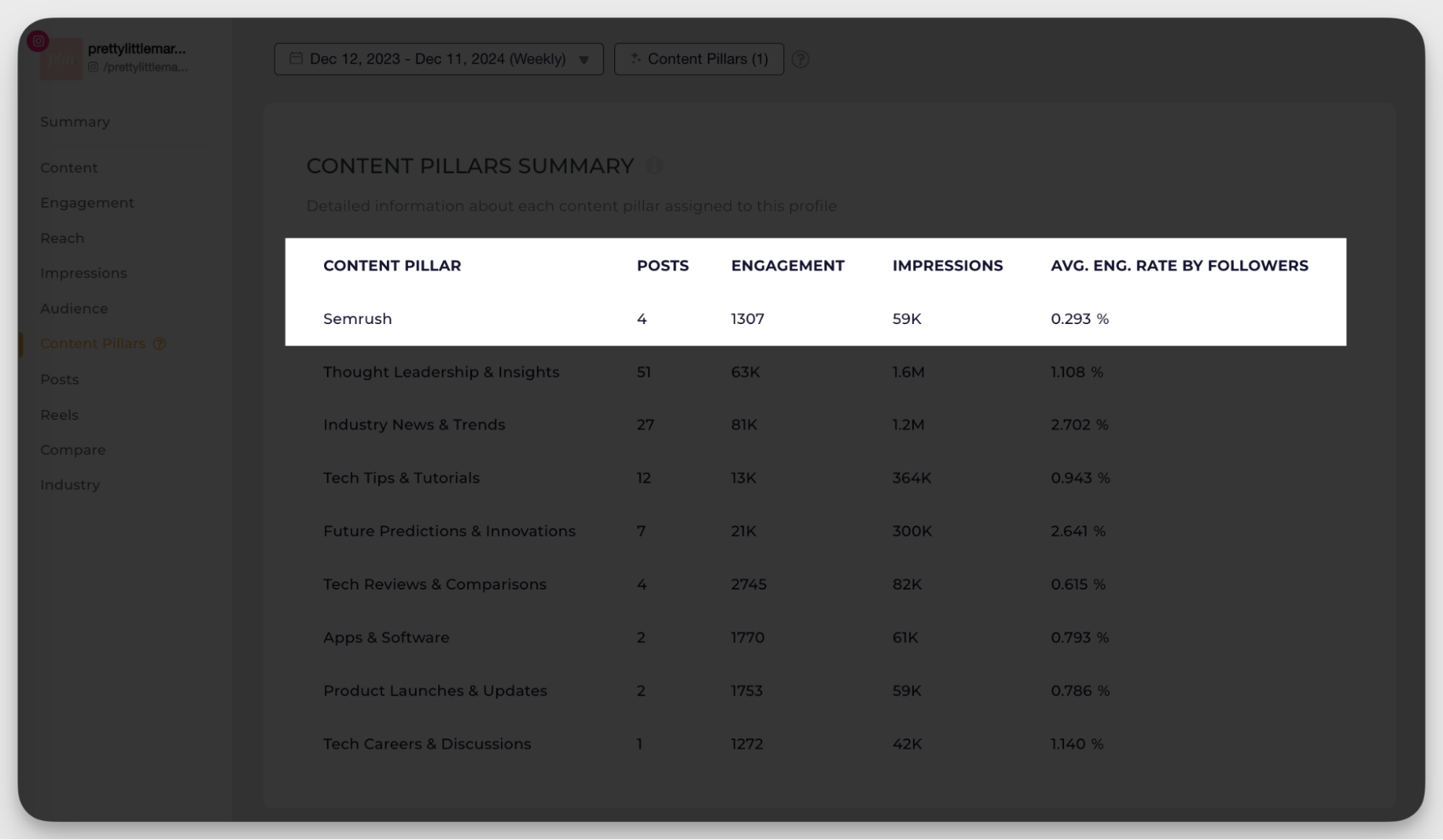
Set up tracking parameters
Establishing clear tracking parameters is essential for influencer performance tracking. This involves:
- UTM parameters: Use unique UTM tags in influencer-shared links to track traffic, conversions, and other website activities in tools like Google Analytics.
- Custom discount codes: Assign exclusive discount codes to influencers, making it easy to attribute sales and measure their impact.
By implementing these tracking mechanisms, brands can capture precise data and connect influencer marketing KPIs to specific campaign actions.
Draw insights from the data
Once you’ve collected data, the next step is to extract actionable insights that align with your influencer marketing goals.
Effective reporting goes beyond numbers; it reveals patterns and strategies to refine your campaigns.
Here’s how to analyze your data with purpose:
Match influencer types to goals
Brand awareness: Analyze which influencers generate the highest reach and engagement. Macro-influencers or celebrity influencers with large followings typically excel in boosting visibility and reaching broader audiences.
Driving sales: Micro-influencers and niche creators often deliver higher conversion rates due to their deeper connections with a smaller, more engaged audience.
Identify effective content formats
Compare performance across formats like carousel posts, videos, stories, and live streams.
Videos and stories often drive better engagement due to their dynamic nature, while carousel posts may perform well for storytelling or detailed product highlights.
Evaluate platform effectiveness
Examine metrics across platforms to determine where your audience is most active.
Instagram might lead for visual storytelling, while TikTok could be ideal for trend-driven campaigns. LinkedIn might work better for B2B influencer efforts.
Understand audience behavior
Assess engagement metrics to see what resonates most—whether it’s educational, entertaining, or product-focused content. This insight helps refine messaging and future content strategies.
Track campaign ROI
Compare impressions, reach, and clicks against actual conversions or sales. Determine which influencers, platforms, and content types contributed most to ROI.
Final thoughts
Tracking appropriate KPIs is not an option— it’s a necessity.
Clear KPIs aligned with campaign goals ensure measurable outcomes, whether building brand awareness, driving engagement, or maximizing social media ROI.
Regular benchmarking against industry standards and data analysis refines strategies, enhances influencer partnerships, and ensures long-term impact.
Focusing on actionable insights helps brands maximize the value of influencer marketing and achieve sustainable growth.
FAQs on influencer marketing KPIs
What are the indicators of success for influencer marketing?
Key performance indicators for a social media strategy include engagement KPIs like likes, shares, and comments, audience growth rate, and campaign-specific metrics such as reach and conversions. These metrics reflect campaign impact.
How to measure KOL performance?
KOL (Key Opinion Leader) performance can be measured using engagement KPIs, audience growth rate, and influencer marketing tracking tools. Metrics like reach, impressions, and conversions provide insights into their effectiveness.
How to track influencer marketing ROI?
Influencer marketing ROI is tracked using metrics like sales, conversion rates, and cost per acquisition. Tools for influencer campaign reporting and UTM links help attribute results directly to campaigns.
What is the average ROI for influencer marketing?
The average ROI for influencer marketing is $5.78 for every $1 spent, according to industry reports. Effective influencer marketing tracking ensures higher returns by optimizing campaign strategies.
Analyze your competitors in seconds
Track & analyze your competitors and get top social media metrics and more!
You might also like
Improve your social media strategy with Socialinsider!
Use in-depth data to measure your social accounts’ performance, analyze competitors, and gain insights to improve your strategy.




